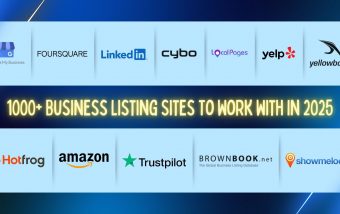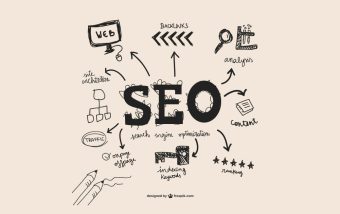Real Estate Link Building That Actually Works: Earn Local Authority, Rankings, and Better Leads Without Spam
Dec 10, 2025

Dec 10, 2025

Dec 10, 2025

Dec 09, 2025

Dec 09, 2025

Dec 05, 2025

Dec 05, 2025

Dec 04, 2025

Dec 04, 2025
Sorry, but nothing matched your search "". Please try again with some different keywords.

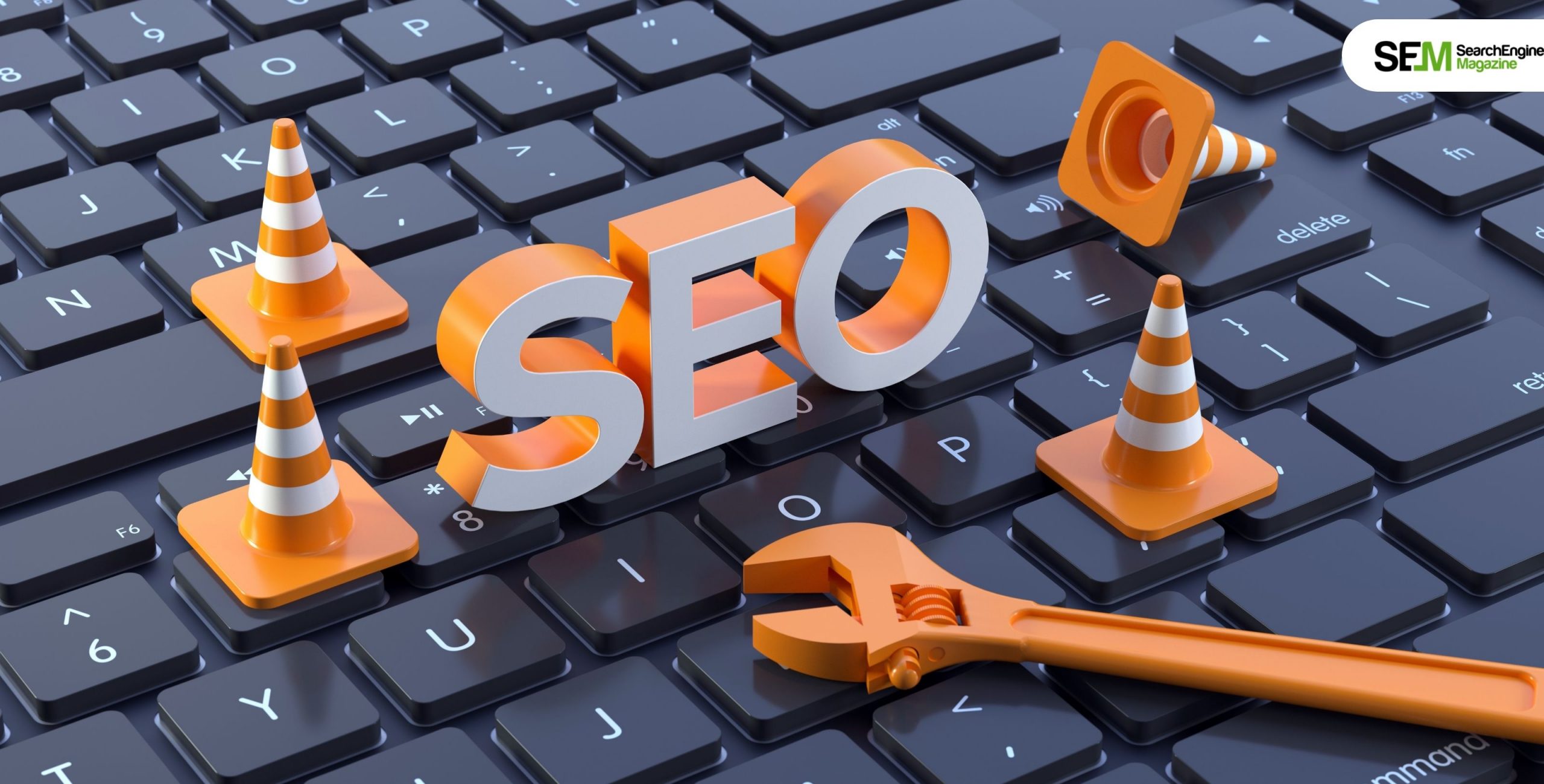
In the ever-innovative digital marketing environment, staying abreast of the competition entails embracing the avant-garde or the latest.
One such transformative approach is the Programmatic SEO process, which relies on machine learning, a lot of scaled data insights, and automation to optimize several websites at unmatched scales.
Classic SEO concentrates on one-on-one level optimizations. And programmatic SEO optimizes itself. Any business can optimize its SEO faster and more aggressively.
In this comprehensive guide, we’ll dive deep into programmatic SEO’s definition, importance, and benefits.
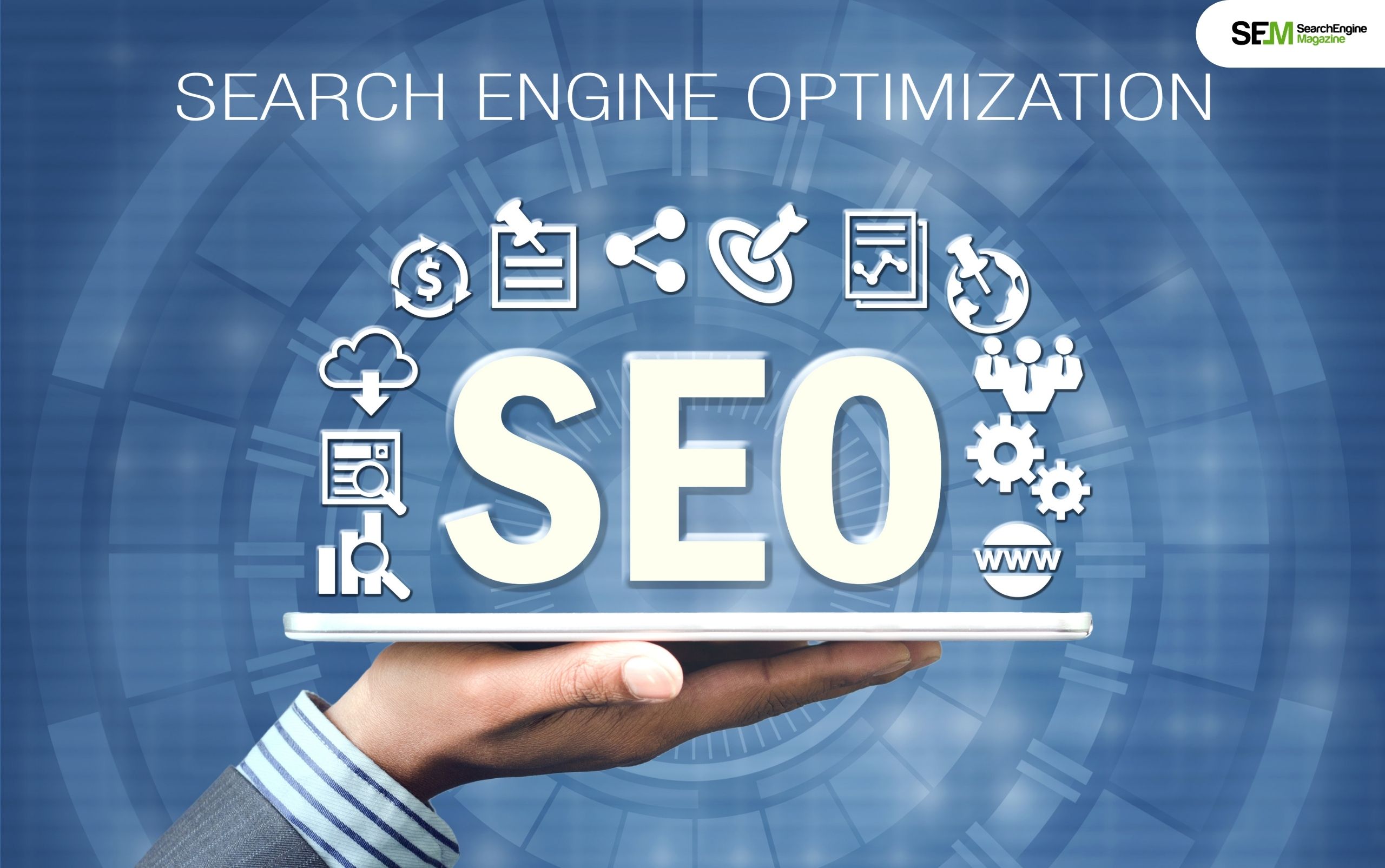
Programmatic SEO uses automated systems, algorithms, and data-driven approaches to optimize large-scale websites or digital content.
Programmatic SEO allows marketers to handle vast amounts of data and large numbers of pages with minimal manual intervention by automating key SEO processes. Such as keyword research, content generation, technical SEO, and performance analysis.
It will aim to create more organic visibility, drive traffic, and increase rankings, automating tasks that traditional SEO specialists traditionally perform.
Instead of individually optimizing pages, programmatic SEO looks at how an automatic system might be created to rapidly scale SEO strategies across enormous websites. Ones with thousands or millions of pages.
Repetitive, time-consuming work in this space is done on a scale. Whether through generating meta tags or optimizing on-page content. Or conducting a site audit.
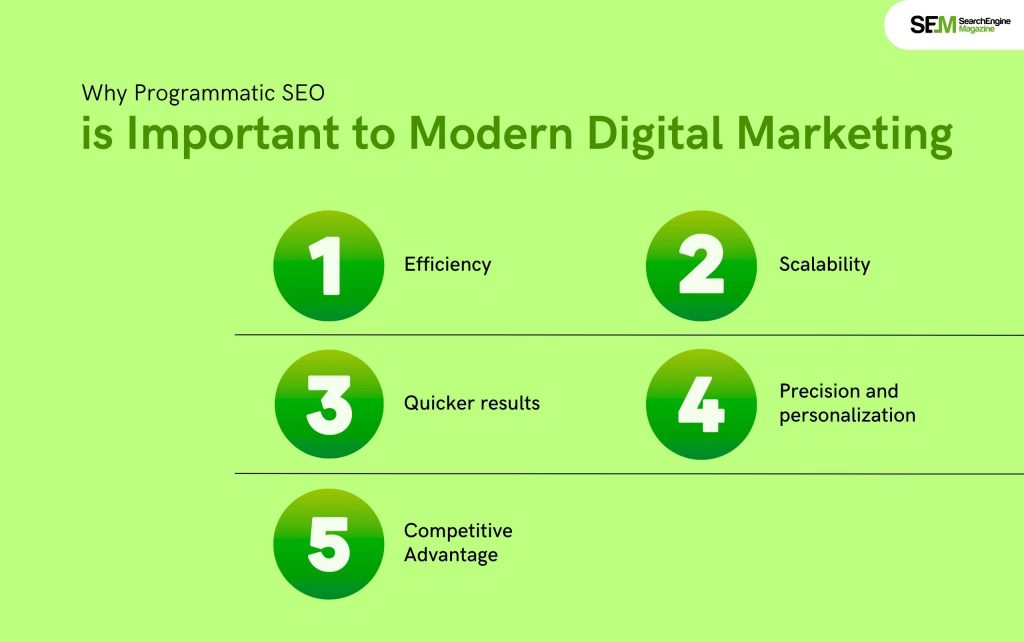
If you are still wondering about whether programmatic SEO is important, let us enlighten you with the same. Programmatic SEO has rapidly become a key component of the modern digital marketing landscape for the following reasons:
Traditional SEO often involves marketers manually optimizing individual pages. Programmatic SEO automates most of these tasks, greatly reducing the time and effort of managing SEO across large websites.
Businesses can concentrate on strategy, content quality, and innovation rather than repetitive tasks.
The more a business grows, the more its website grows. Traditional SEO cannot scale up with the growth of pages and keywords. Programmatic SEO has the tools and processes to make scaling optimization easy.
Automation helps in keyword research and on-page SEO adjustments where businesses can fasten the entire process of adjustments across their entire site. With this comes faster organic rankings, traffic, and revenue.
Programmatic SEO uses advanced data analytics to refine SEO strategies. This way, marketers can target specific keywords and user segments to optimize content based on real-time insights and trends.
Companies that apply programmatic SEO are better at keeping ahead, especially in highly competitive industries with a massive volume of content, products, or services.
Automation allows companies to manage SEO at scale. An edge that can be very important in ranking well on search engines.
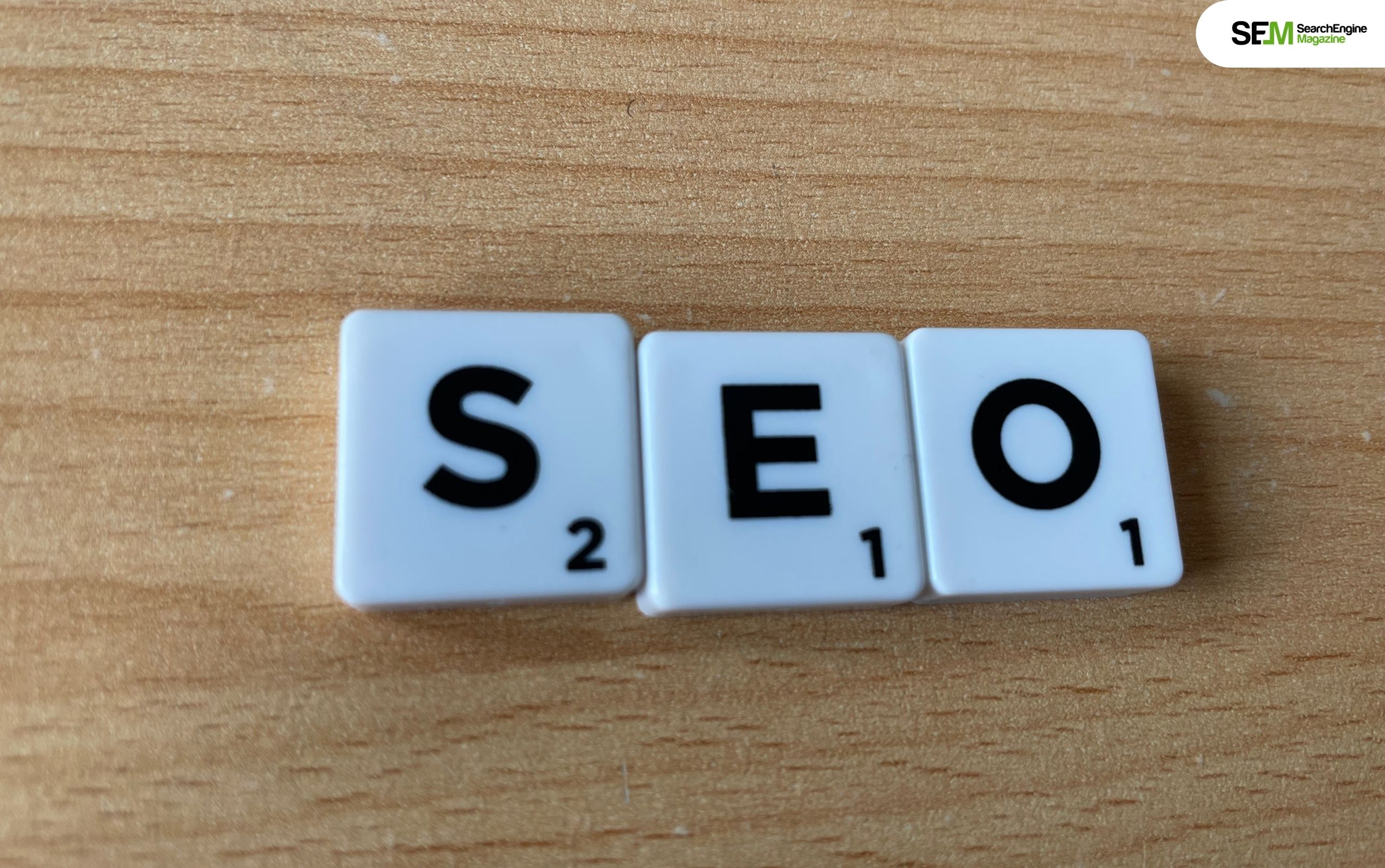
Both Programmatic SEO and traditional SEO work to improve the performance of organic searches of a website. They go about it in significantly different ways:
Using traditional SEO is a lot of manual labor – from keyword research to writing the content to optimizing every page, including audits. It is very slow and requires more human resources because each page must be optimized individually.
The above are page-level optimizations:
Automating most of the SEO work, including keyword targeting, content creation, internal linking, meta tags, and reporting. It greatly saves time and resources for optimization.
The difference is based on scale and automation. Programmatic SEO is much larger, suitable for sites of a hundred, even thousands, of pages; it’s the one for websites, or better to say optimization projects. Focused rather than bigger ones.
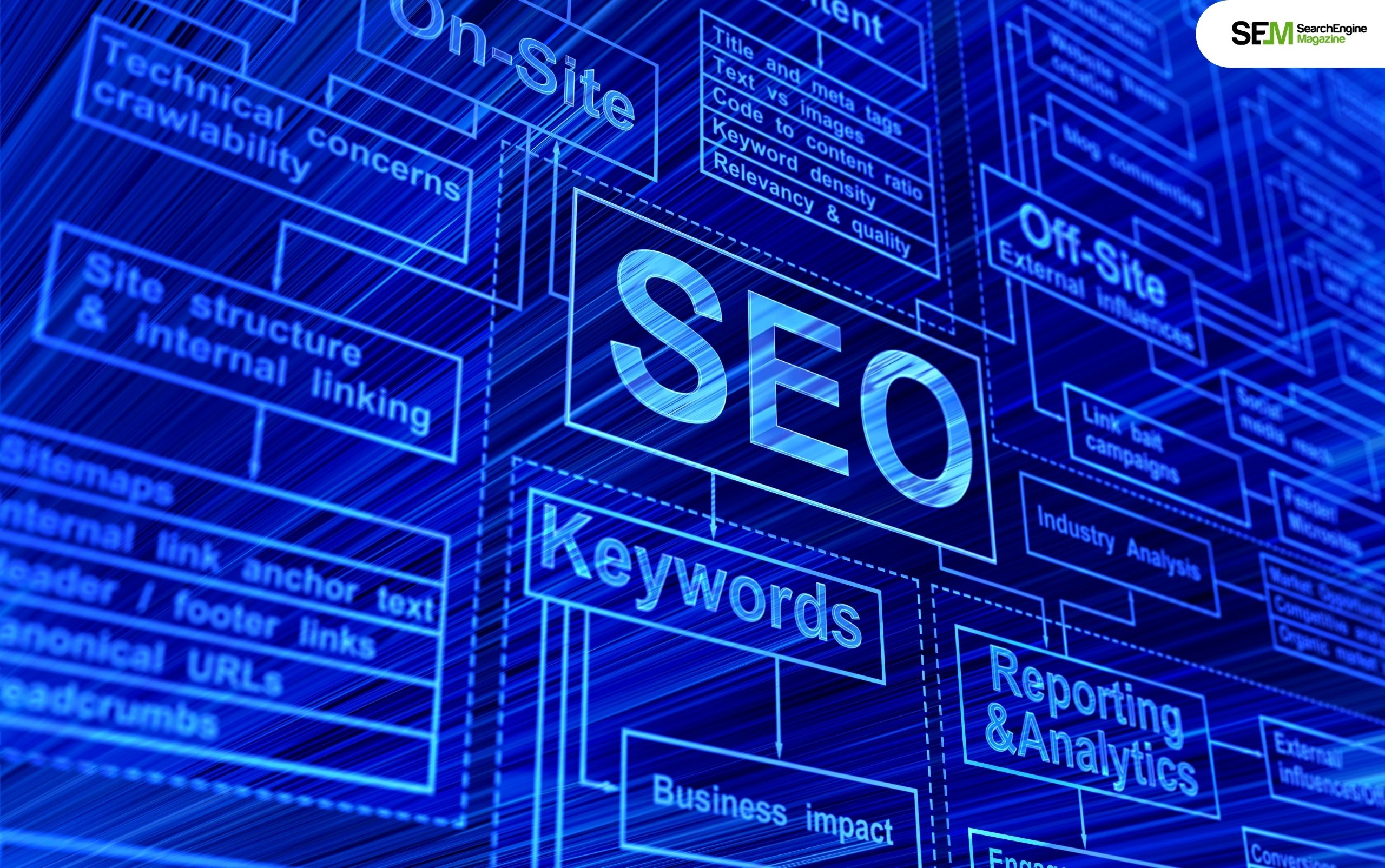
Programmatic SEO combines automation and data science. Linking processes that would otherwise require manual labor in one workflow. Here’s how it works:
Using programmatic SEO tools, one can auto-gather data on high-volume, long-tail keywords relevant to your website’s niche. The AI and big data are mainly used for identifying keywords based on current search trends, competitor performance, and user intent.
Tools such as Jasper (previously Jarvis), Writesonic, and ContentBot help use algorithms and natural language processing to create SEO-optimized content.
They help to generate large volumes of blog posts, product descriptions, and landing pages and keep them keyword-optimized towards the chosen keywords.
Programmatic SEO systems can create meta tags (titles, descriptions), internal links, and content formats to make pages more search-engine friendly. For tools like SEMrush or Yoast SEO, these programmatic functionalities can optimize many pages simultaneously.
Programmatic SEO uses big data analytics tools to analyze ranking data for search engines, user behavior, and competitor performance. This makes continuous optimization in real-time possible as changes in trends or algorithm updates can be adjusted.
A product catalog-based eCommerce business might be a classic case requiring large numbers of landing pages targeting keywords, categories of products, or demographics.
They could generate vast landing pages optimized for keyword categories or target audiences using programmatic SEO without a single human effort toward new product input.
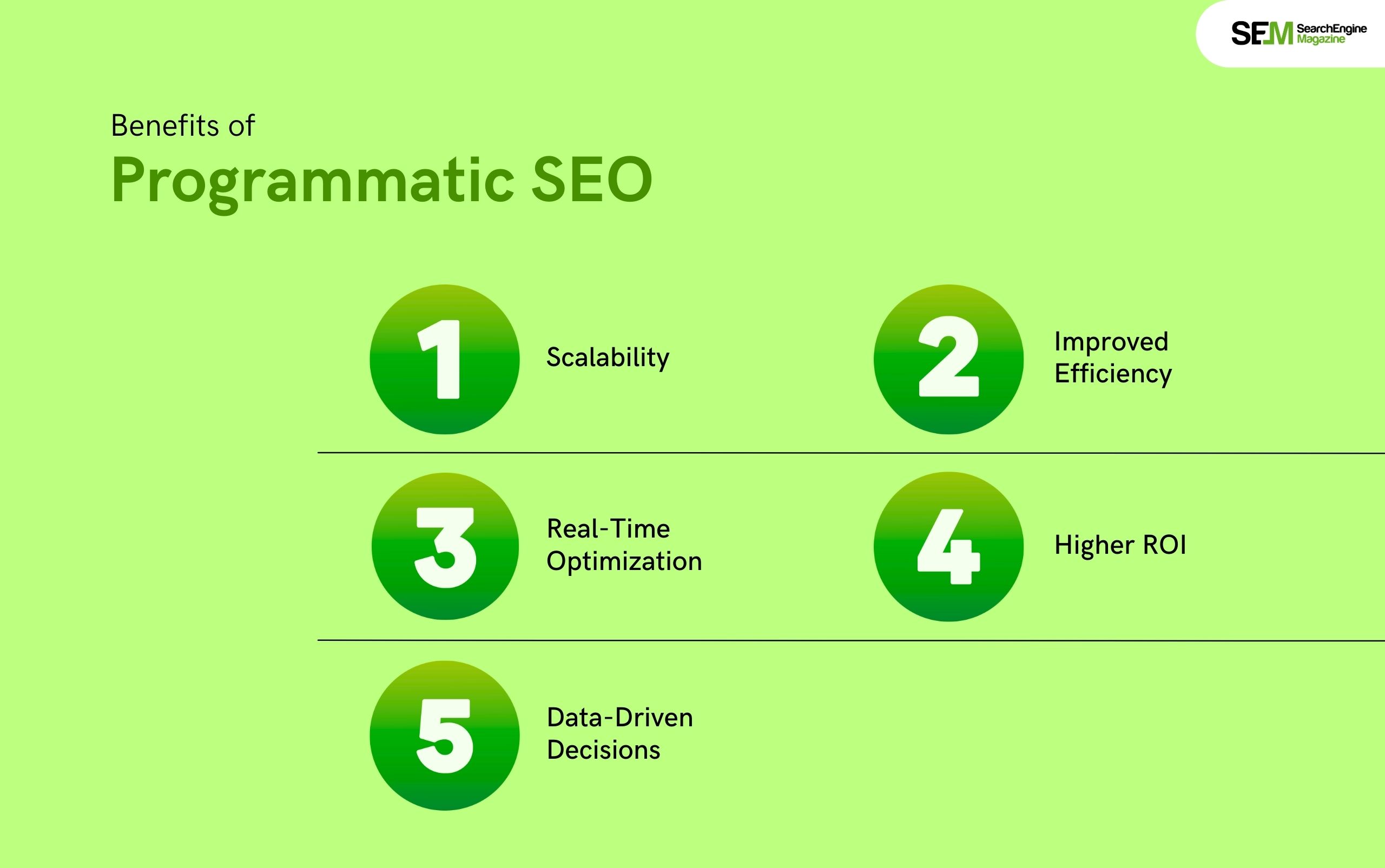
The benefit of programmatic SEO helps in the integration of business along with digitalization. Programmatic SEO strategy brings many advantages into the playing field:
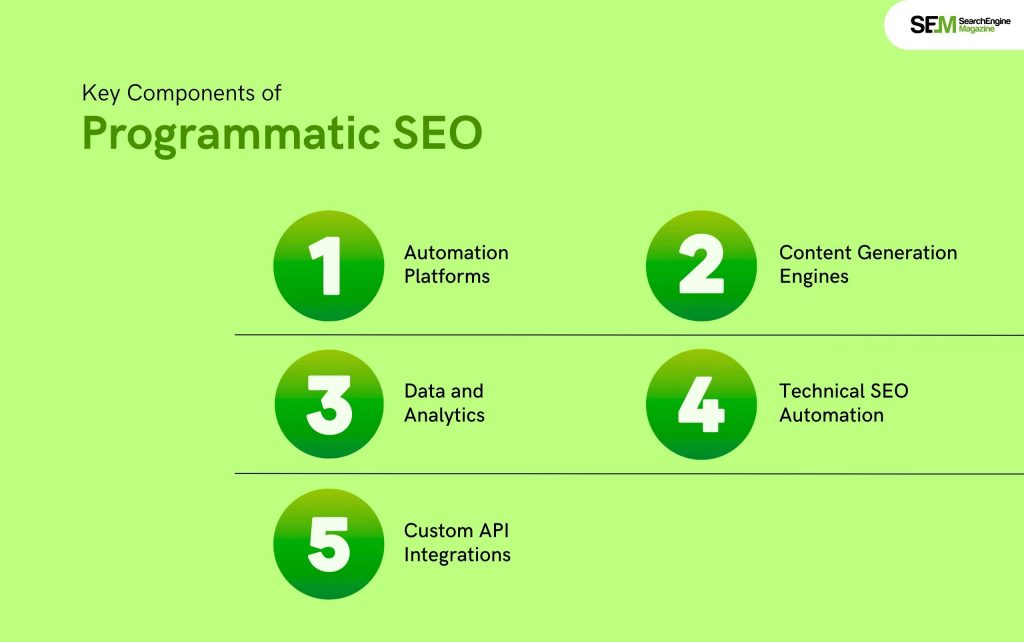
Programmatic SEO thrives with a coming together of these core components towards their success as outlined below:
Tools like Ahrefs, SEMrush, and Screaming Frog auto-audit the keyword research, site tech optimization, and audit websites.
AI-based content-generating platforms, such as ContentBot, Copy.ai, and Jasper, will generate SEO-friendly content in a high volume while speeding up the content generation process and scaling with it.
Big data tools like Google Analytics and Supermetrics collect data from different sources and are useful for deciding SEO and tracking performance on various pages or campaigns.
Tools such as Yoast SEO or All in One SEO can automatically optimize on-page SEO by creating meta tags, internal linking, and content analysis.
Most advanced programmatic SEO implementations rely on APIs, including tools such as Google Search Console, Google Analytics, and Bing Webmaster Tools that collect and report real-time data. It automatically tracks the performance of your SEO over time.
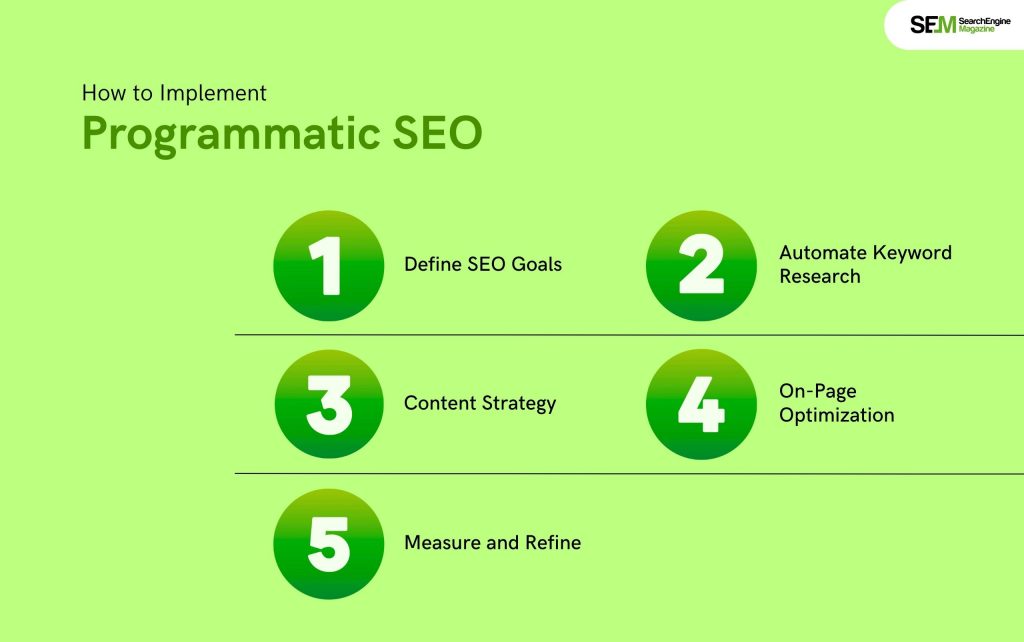
Implementing a successful programmatic SEO strategy involves several steps:
Several technologies can effectively implement programmatic SEO. Here is the list of all the tools required.
The great benefits notwithstanding many common problems often surface when moving toward programmatic SEO:
Here are a few case studies and examples of companies using programmatic SEO to their advantage.
Zalando, a giant European online retailer, used programmatic SEO. To scale efforts because it automated thousands of product page optimizations across many regions.
Since content creation and optimization were done automatically. More people could reach this wider audience and receive increased search visibility without overwhelming their SEO team.
This hotel search engine used a programmatic approach to SEO to provide personalized landing pages for location and user preferences. Trivago could reach many more targeted keywords and segments of users. Increasing rankings from location-based searches.
With a huge catalog of products, Home Depot used programmatic SEO to generate optimized landing pages for specific products and local searches. Thus, enhancing search rankings for a large inventory of home improvement products.
Programmatic SEO is a game-changer in digital marketing, allowing businesses to scale their SEO efforts and optimize at a level impossible with traditional methods.
The programmatic SEO approach helps to optimize thousands of pages within a few hours by automating repetitive tasks and using data-driven insights along with AI.
Whenever one feels a glitch, it is in aspects like quality control or algorithm adaptability. In such cases, the benefits surpass the problems by a long distance. As technology changes daily, programmatic SEO is destined to become a non-replaceable element of future digital marketing.
Nabamita Sinha loves to write about lifestyle and pop-culture. In her free time, she loves to watch movies and TV series and experiment with food. Her favorite niche topics are fashion, lifestyle, travel, and gossip content. Her style of writing is creative and quirky.
View all Posts
Real Estate Link Building That Actually Works...
Dec 10, 2025
Why Health-Conscious Consumers Choose Blockch...
Dec 10, 2025
How To Buy Xupikobzo987Model? Decoding The Mo...
Dec 09, 2025
Workplace Management EWMagWork: Is This Smar...
Dec 09, 2025
Social Media Stuff EmbedTree: Is This Digita...
Dec 05, 2025